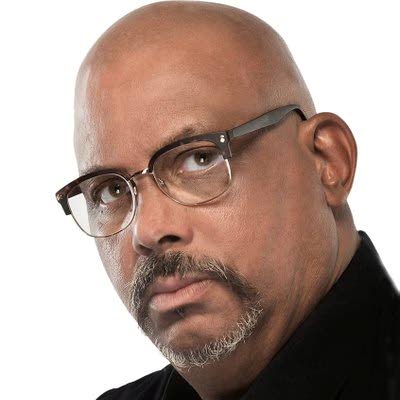Is new Justice League the end of cinema?

IT SHOULD come as no secret to anyone, even those with no interest at all in superhero movies, that the collective wailing of DC fandom over the release of Justice League in 2017, heavily revised by Joss Whedon, resulted in last month's release of the Snyder Cut, a restoration by the original director.
The story of how that debacle came to be, the tensions at Warner Brothers over the decline in audience for successive films in the "Snyderverse," his brooding interpretation of DC's biggest superheroes, the studio oversight of the making of Justice League, the tragic death of Snyder's daughter Autumn, and ultimately his withdrawal from completion of the film is a whole epic unto itself (http://ow.ly0En0EnyqnyqM).
Long story, shortened. Whedon dramatically revised Snyder's film, doing extensive, expensive reshoots that reshaped the story and tone, creating what's now called the Josstice League. Fans were not happy with the result, which used just ten per cent of the work Snyder shot, and called for Snyder's version.
HBO Max, looking for new content to bolster its online profile, came up with US$70 million for Snyder to complete the film.
Current IMDB rankings, on the site, which has become the go-to resource for film popularity, place Justice League (2017) at 6.2/10. Zack Snyder's Justice League is at 8.2/10.
Was this a big hit for HBO Max and the fans of the film? HBO Max reported its biggest jump in video streaming in the week of the release of the film, but that doesn't mean it made more money or won more subscribers.
It does mean that 8.9 per cent more people launched the mobile app. It also means that there were 1.48 million new downloads of the app, but there is a mass of HBO subscribers and AT&T users who already had access to the streaming channel but haven't used it yet.
The release highlights the biggest challenge with the way that streaming has changed the game of film production, particularly with cinemas either closed or operating at half-capacity. The way money gets made is fundamentally different.
It's the difference between programmed entertainment, which is based on the idea that people sit in one spot and view one piece of entertainment at a particular time, and streaming, which is different.
In 2017, Whedon's Justice League played to audiences who paid to sit in a comfortable chair with popcorn for a set fee that could be easily calculated.
Zack Snyder's Justice League is a quite different business proposition. The running time is 242 minutes, more than twice the 90-minute length of the average feature film. In traditional cinemas, it would have cut run-time available for showings in half, even if an audience could be found for such a marathon of bombast.
As a streamed artifact, it is subject to different rules. A viewer could, if they wished, begin watching it on the couch, watch some more on a tablet in bed and finish the film while sitting in a park.
It's long-tail economics waving its potential with a whip of thunder worthy of Godzilla.
For filmmakers, the distribution experience is in the midst of a massive disruption. In TT alone, the TT Film Festival hosted two free streaming experiences for local films funded by NGC. On April 1, FILMCO launched its own streaming service (https://filmco.org/filmco2go) with a lean but growing selection of local and regionally relevant films.
Until now, streaming was the same cinema, delivered differently. The Snyder Cut suggests that movies no longer have to fit cineplex slots. That's likely to change everything.
Mark Lyndersay is the editor of technewstt.com. An expanded version of this column can be found there.


Comments
"Is new Justice League the end of cinema?"